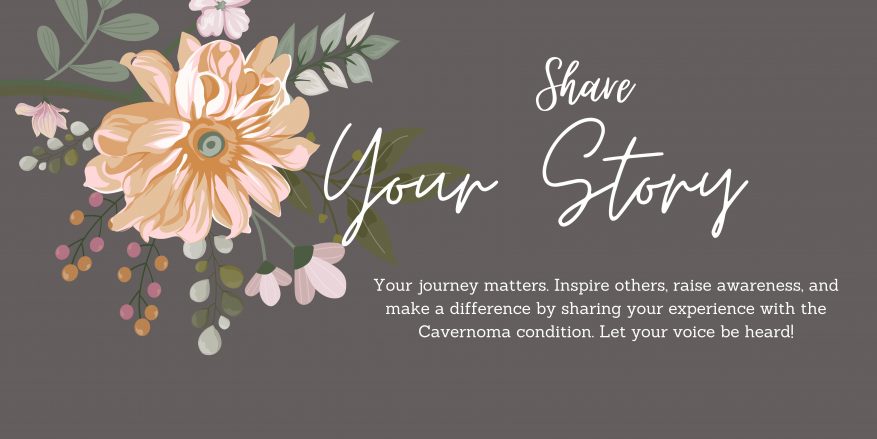Cavernoma
A cavernoma (also known as a cavernous angioma or cerebral cavernous malformation) is a cluster of abnormal blood vessels, typically found in the brain or spinal cord. These vessels are dilated and fragile, resembling a raspberry or mulberry in appearance. Unlike healthy blood vessels, the walls of a cavernoma are thin and prone to leaking or bleeding, which can lead to a variety of neurological symptoms.
Symptoms vary depending on the size and location of the cavernoma. Some people experience seizures, headaches, weakness, numbness, vision or speech problems, or issues with balance and coordination. In some cases, a cavernoma may bleed suddenly, causing a more serious neurological event. However, many people have no symptoms at all and only discover a cavernoma during a scan for an unrelated issue.
Cavernomas can occur sporadically or may be inherited as part of a genetic condition. Familial cases often involve multiple lesions and are linked to specific genetic mutations. Diagnosis is most commonly made using MRI scans, which clearly show the distinct appearance of a cavernoma.
Treatment for Cavernoma
Treatment for cavernoma depends on each individual’s unique circumstances, including the size, location, and number of lesions, as well as the presence and severity of symptoms.
Surgical Options
When surgery is appropriate, there are two main approaches:
- Neurosurgery
A surgical procedure to remove the cavernoma. This may be recommended when the cavernoma is accessible and causing serious symptoms like seizures or repeated bleeding. - Stereotactic Radiosurgery
A non-invasive treatment such as Gamma Knife or CyberKnife, where a single concentrated dose of radiation is aimed directly at the cavernoma. This causes it to become scarred and less likely to bleed, helping to stabilise the lesion over time.
Not every person with a cavernoma will require surgery. In many cases, especially when symptoms are mild or the risks of surgery are high, other management options are considered.
Medical and Supportive Treatments
Cognitive therapy
Medication
To manage symptoms such as seizures, headaches, or other neurological issues.
Rehabilitation Therapies
Depending on the effects of the cavernoma, people may benefit from:
Physiotherapy
Occupational therapy
Speech and language therapy
At Cavernoma Ireland, they aim to raise awareness of this condition and support individuals and families affected by cavernoma through information, connection, and advocacy.

Research
Advancing the Future of Cavernoma Treatment
Cavernoma Ireland, is committed not only to supporting those affected by cavernoma but also to driving progress in the search for better treatments — and ultimately, a cure.
They are proud to be working in partnership with Cavernoma Alliance UK (CAUK) on a number of important initiatives. One of the most promising areas of collaboration is our involvement in groundbreaking research into Novel Gene Therapy for cavernoma.
The research project explores the potential for gene-based treatments that could target the underlying causes of cavernoma, particularly in familial cases caused by genetic mutations. If successful, gene therapy could offer a transformative new option beyond current treatments like medication or surgery.
This work is made possible through a joint funding partnership, which includes support from Cavernoma Ireland, Cavernoma Alliance UK, and a generous philanthropist with a personal connection to the condition. Their contribution reflects the growing awareness and urgency to find long-term solutions for people living with cavernoma.
Involvement in research is rooted in mission: to improve the lives of those affected by cavernoma through support, information, and advocacy, and by actively participating in efforts that may one day lead to safer, more effective treatments.
We will continue to update this page with progress from the research as developments arise.
Source:https://www.cavernomaireland.ie/research
Find the organisation by clicking the link below:

